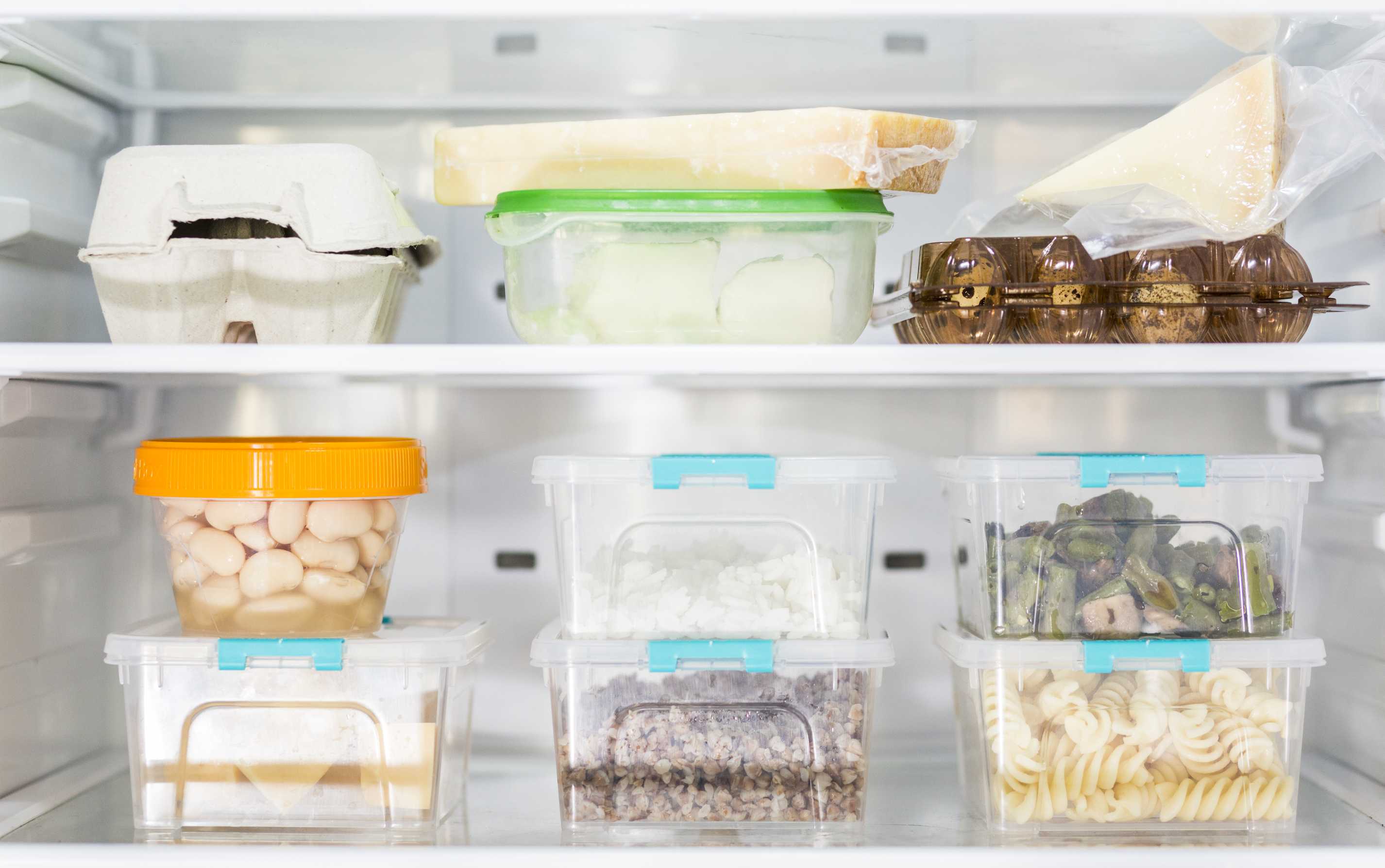




























MTT provides accurate phthalate testing. Through technologies such as GC-MS/MS, it can precisely quantify phthalates, helping enterprises ensure product compliance, avoid legal risks, and safeguard consumers' health.

Phthalates (such as DEHP and DBP) can enhance the flexibility of plastics, but they can interfere with the endocrine system, posing a particular threat to children's development and reproductive health, and are likely to contaminate soil and water environments. Laws and regulations in many countries mandate restrictions on the content of phthalates in products such as toys, food packaging, and medical devices. Violators will face product removal from the market and heavy fines.
MTT provides accurate phthalate testing. Through technologies such as GC-MS/MS, it can precisely quantify phthalates, helping enterprises ensure product compliance, avoid legal risks, and safeguard consumers' health.
| Project Overview
Phthalate plasticizers are a class of additives widely used in the plastics industry to improve the flexibility, processability, and durability of plastics. However, recent studies have shown that some phthalate plasticizers pose potential hazards to human health and the environment. In particular, their impacts on children's development and reproductive systems have attracted much attention.
| Testing Item
This phthalate plasticizer testing project covers the following six types of phthalate plasticizers:
Diisononyl Phthalate, DINP
Di-n-octyl Phthalate, DNOP
Diisodecyl Phthalate, DIDP
Bis-(2-ethylhexyl) Phthalate, DEHP
Dibutyl Phthalate, DBP
Benzylbutyl Phthalate, BBP
| Testing Fields
Phthalate plasticizers are mainly used as additives in plastics and are present in a variety of daily necessities and industrial materials, including but not limited to:
1. Building materials: such as PVC pipes, insulation layers of wires and cables, etc.
2. Furniture and equipment: such as plastic furniture, children's toys, office equipment, etc.
3. Textiles: such as certain synthetic fibers, coated fabrics, etc.
4. Food packaging: Such as plastic food containers, packaging bags, etc.
| Test Objective
The purpose of this phthalate plasticizer testing project is:
1. Ensure consumer health: Through testing, ensure that the content of phthalate plasticizers in products meets relevant regulations and standards, and reduce potential harm to human health.
2. Comply with regulatory requirements: Help enterprises comply with domestic and international regulations and standards regarding phthalate plasticizers, and avoid legal and market risks due to non-compliance.
3. Improve product quality: Through testing, encourage enterprises to improve production processes and material selection, reduce the content of phthalate plasticizers in products, and enhance product quality and competitiveness.
| Testing methods and technologies
This testing project uses advanced testing technologies and methods, including but not limited to gas chromatography-mass spectrometry (GC-MS), high-performance liquid chromatography (HPLC), etc., to conduct qualitative and quantitative analysis of phthalate plasticizers in samples. The testing process strictly follows relevant standards and regulatory requirements to ensure the accuracy and reliability of test results.
| MTT Advantages
1. Professional Team: It has experienced testing engineers and technical personnel who are familiar with the standards and methods for testing phthalate plasticizers, ensuring the standardization of the testing process and the accuracy of the results.
2. Advanced Equipment: It is equipped with advanced testing instruments and equipment to improve testing efficiency and accuracy.
3. Comprehensive Services: Provide full-process services from sample reception, testing and analysis to report compilation to meet the different needs of customers. At the same time, offer professional consultations and suggestions to help customers improve production processes and material selection, and reduce the content of phthalate plasticizers.
4. Compliance Guarantee: Keep a close eye on domestic and international regulatory trends to ensure that the testing items meet the requirements of relevant regulations and standards, and provide compliance guarantee for customers.